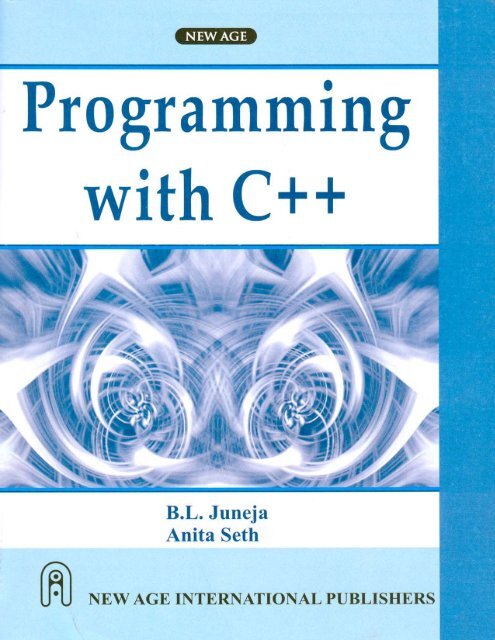
- Beginner's All Purpose Symbolic Instruction Code Tutorial For Beginners
- Beginner's All Purpose Symbolic Instruction Code Tutorial Android Studio
Beginner's All Purpose Symbolic Instruction Code Tutorial For Beginners
BASIC (Beginner's All-purpose Symbolic Instruction Code): BASIC was an early programming language that is still among the simplest and most popular of programming languages. BASIC stands for 'Beginner's All-purpose Symbolic Instruction Code.' Originally designed as an interactive mainframe timesharing language by John Kemeney and Thomas Kurtz.
BASIC stands for beginner’s all-purpose symbolic instruction code, and is a computerprogramming language that was invented in 1964 at Dartmouth University by John G Kemeny and Thomas E Kurtz. BASIC has the advantage of English-like commands that are easier to understand and remember than those of most other languages. Even so, the latest versions of BASIC can do just about anything programming languages like C or Pascal can do.
- BASIC is an acronym for Beginner's All-purpose Symbolic Instruction Code. The primary purpose of this project is to reproduce the overall experience provided by the original GW-BASIC (Microsoft Corporation circa 1983-1988); preserving this important chapter in computing history and making it available for future generations to enjoy.
- QBasic stands for Quick Beginners All Purpose Symbolic Instruction Code. Quick Beginner All purpose Symbols and Interpreter Code. Quick Beginners All Purpose Symbols Instruction Code. N from the following: c. Quick Beginners All Purpose Symbolic Instruction Code. Quicker Beginner All Purposes Symbolic Instruction Code.
- QBasic Tutorial INTRODUCTION TO QBASIC BASIC stands for B eginner’s A ll P urpose S ymbolic I nstruction C ode. It was invented in 1963, at Dartmouth College, by the mathematicians John George Kemeny and Tom Kurtzas. BASIC is an interpreter which means it reads every line, translates it and lets the computer execute it before reading another. Each instruction starts with a line number.
Basic was the first language made available for personal computers (Microsoft started its business selling a version) and in recent years it has returned to importance as VISUAL BASIC, though the latter bears little resemblance to earlier versions.
BASIC programs have a reputation for being very slow, which they certainly were in the early days of personal computing. This sluggishness was mostly due to the fact that in those days, BASIC was an “interpreted” language; that is, every time you ran a BASIC program, you were really running an “interpreter” which executed your program code line by line, converting it on the fly into a form your computer could understand. That conversion process takes time. Now many good BASIC compilers are available. A compiler does the conversion ahead of time and only once, turning the program code into an executable program your system can run directly, at top speed. So modern, compiled BASIC is easier to use and just about as fast as C.


Beginner's All Purpose Symbolic Instruction Code Tutorial Android Studio
Interpreters do have some advantages, though. The process of writing and testing an interpreted program is actually quicker and more convenient than with a compiled program (for the explanation, see the entry for interpreter). A BASIC interpreter makes especially good sense for creating short, simple programs, which is all that most personal computer users would be willing to tackle. If you’re interested, you can find lots of old computer books full of BASIC programs at public libraries. At any rate, some computers come with a BASIC interpreter. The best example is Microsoft’s BASIC, or GW BASIC, the interpreter that comes with MS-DOS. True IBM-brand PCs had slightly different versions of the interpreter called BASIC and BASICA (Advanced BASIC) that only worked on those computers.

